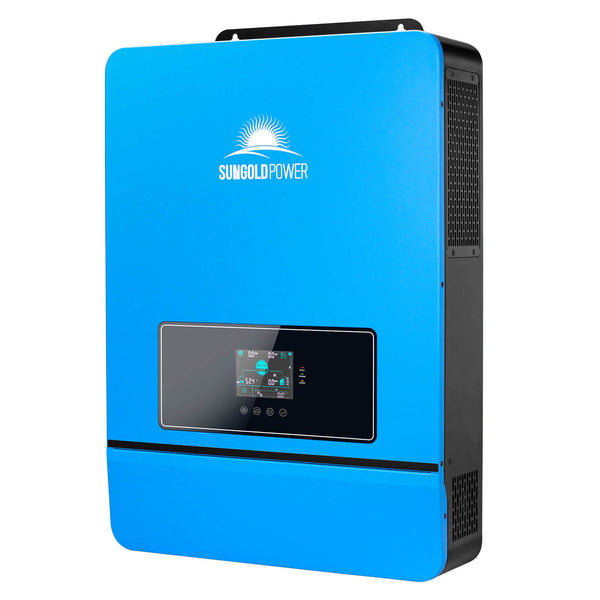Im am trying to find an inverter that will hook straight into my main panel. I would like to feed the grid but isnt an absolute need. Im looking at this currently. Will this work? Do you have other suggestions that would be better? I keep running into current limitations as well on some of these inverters. Alot of them are only rated for 15 or 13 amps coming in.... New guy here and thank you for any help

 sungoldpower.com
sungoldpower.com
i have 14K of panels at max output
Watts - 655
VMP = 38.1
VOC = 45.2
isc -= 18.43
imp = 17.2

10KW 48V Split Phase Solar Inverter
Upgrade your power system with top-of-the-line 48v split phase inverters from SunGoldPower. Explore our online store for the best deals. Find your perfect power solution today!
i have 14K of panels at max output
Watts - 655
VMP = 38.1
VOC = 45.2
isc -= 18.43
imp = 17.2


